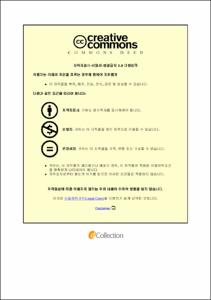육군 초급 장병의 유형별 갈등수준이 직무만족과 조직몰입에 미치는 영향 연구
= A Study on the effects of conflict level on the job satisfaction and the organizational commitment in the Korean army: Focusing on the moderating effects of the conflict management style.
- Type
- Thesis
- Alternative Title
- 갈등관리방식의 조절효과를 중심으로
- Department
- 대학원 행정학과
- Issued Date
- 2015
- Publisher
- 한성대학교 대학원
- Files in This Item:
-
-
Download
 000001890862.pdf
기타 데이터 / 1.21 MB / Adobe PDF
000001890862.pdf
기타 데이터 / 1.21 MB / Adobe PDF
-
Items in Repository are protected by copyright, with all rights reserved, unless otherwise indicated.